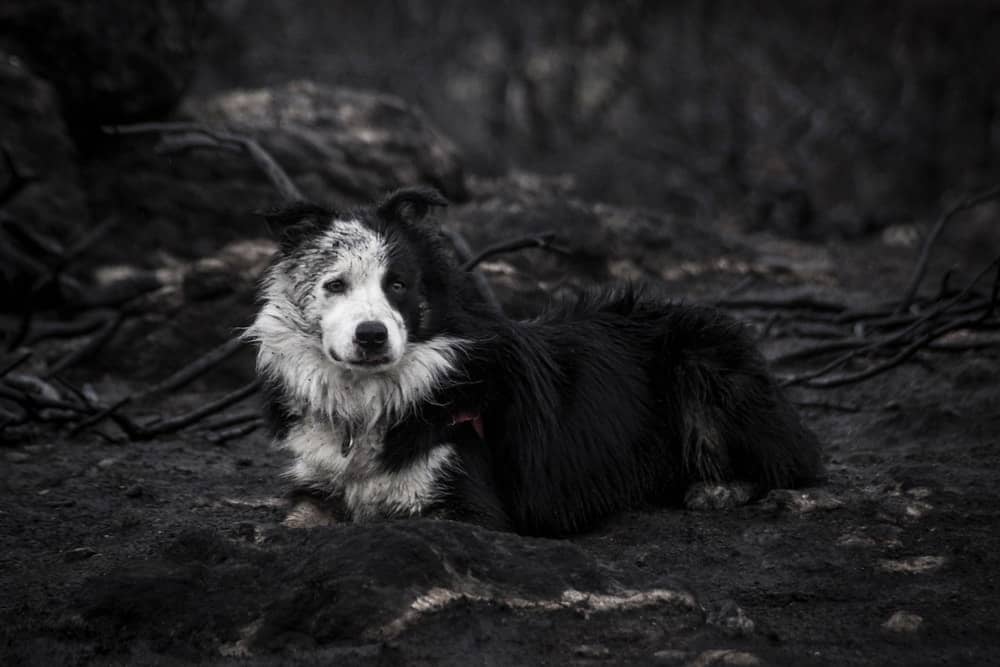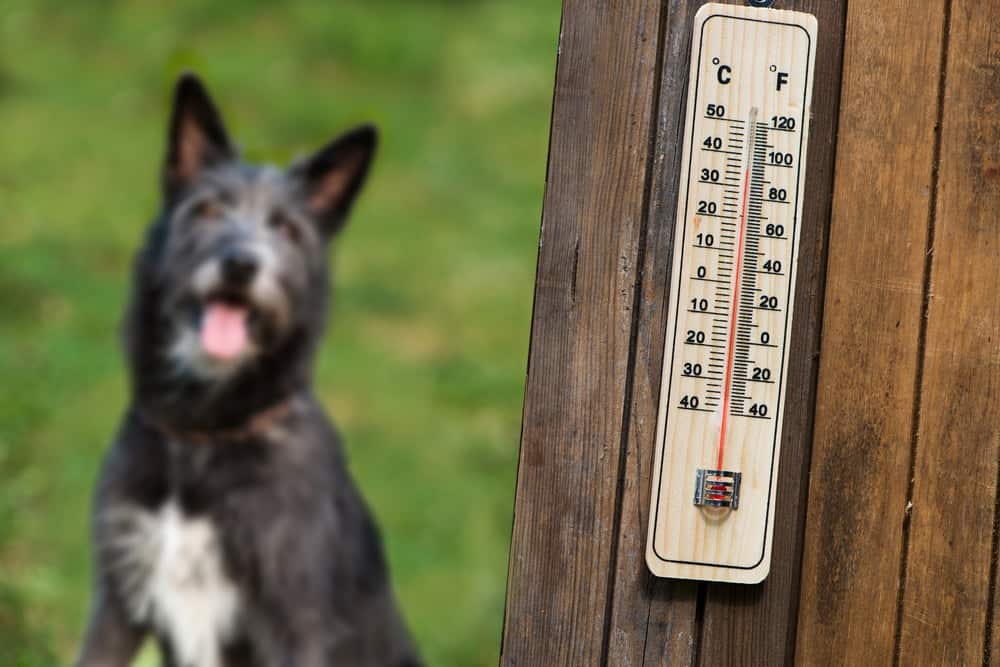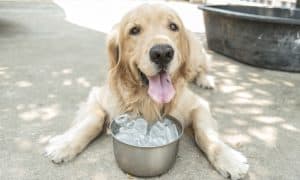“This post contains affiliate links, and I will be compensated if you make a purchase after clicking on my links.”
Historic wildfires across the West Coast have consumed nearly 5 million acres, reduced thousands of homes to ash, and cost at least 34 people their lives.
As wildfires continue to spread across western U.S. states, impacting air quality and causing wildlife to flee to safety, veterinarians at BluePearl Specialty and Emergency Pet Hospital are warning owners of potential dangers for pets.

Jennifer Sergeeff, DVM, DACVIM, internist and medical director at BluePearl in Daly City, California, just a mile outside of San Francisco City limits, says while the fires are about 30 miles away from her practice, she and her team are in the smoke zone of these fires (from all directions) and Daly City has been under unhealthy air quality alerts for nearly two weeks.
“We are providing medical advice to owners regarding heat and air quality as it relates to their pet’s health,” remarked Dr. Sergeeff. “The advice we are giving to owners is aimed mostly towards those with pets suffering from underlying respiratory conditions or allergies. We are also advising owners to avoid exposing pets to excessive heat—since high temperatures have been concurrent with fires—at peak times daily.”
Here are a few tips to help keep pets safe during the wildfires.
Limit exposure to smoke. The wildfires are expected to continue to spew out large plumes of smoke in the coming days. This smoke can harm your pet in multiple ways, including causing irritation to eyes and respiratory system, as well as worsening chronic heart and lung diseases. Whether your pet is healthy or has a heart or lung condition like asthma or bronchitis, it is important to limit their exposure to smoke.
If a wildfire occurs in your area, pay close attention to local air quality reports and the US Air Quality IndexExternal, and watch for official health warnings about smoke. Take extra safety measures such as avoiding spending time outdoors. If your pet has lung or cardiovascular disease, follow your veterinarian’s advice regarding your pet’s disease management plan.
Signs of smoke inhalation
- Agitation
- Uncoordinated gait
- Seizures
- Difficulty breathing
- Increased breathing rate
- Coughing
- Facial swelling
- Squinting of eyes
- Skin burns
- Slow reaction time
Even if your pet seems to be doing fine after smoke exposure, they should be seen by a veterinarian.
During the first 24 hours following smoke exposure, breathing difficulty may gradually get worse. The treatment following smoke inhalation is oxygen therapy; however, some animals may require intubation—a procedure in which a tube is placed in the mouth, down the trachea, to keep the airway open.

Watch out for heat exhaustion. BluePearl veterinarians commonly see dogs come in with heat exhaustion, or pet heatstroke. Heatstroke occurs when a pet’s body absorbs more heat than it can dissipate, either through exercise or exposure. If possible, walk your dog in the morning or evening to avoid the hottest hours of the day, and keep them inside on hot days.
Even if your yard has shady areas, remember, temperatures can shift throughout the day. Always have water available and keep pets well groomed. If the coat is matted and tangled the fur may trap heat in. If you do take them on a walk, keep walks at a slow pace, and if your pet seems tired, rest or stop the activity.
If you suspect your dog is having a heatstroke, soak your pet’s body with towels and water, and put them in front of fan; then immediately bring to them to a veterinarian hospital.
Keep a look out for displaced wildlife. Some Northern California areas are known to be Mountain Lion and Bobcat territory. As the fires spread, these big cats and other wildlife are being displaced. Predatory animals are pushed down hills, away from fires, but closer to residential areas. Due to this, BluePearl veterinarians are advising owners to keep dogs and cats indoors around dawn and dusk, and to help local wildlife by leaving water out for them.
Pets that have been exposed to smoke and/or fire need immediate medical attention from a veterinarian. If clinical symptoms of heatstroke or smoke inhalation develop and/or worsen, promptly contact your veterinarian for advice on next steps or bring your pet into a veterinary hospital for assessment. This prompt care can mean the difference between life and death for your pet.
For more information on how to safely evacuate with your pet, click here.


















